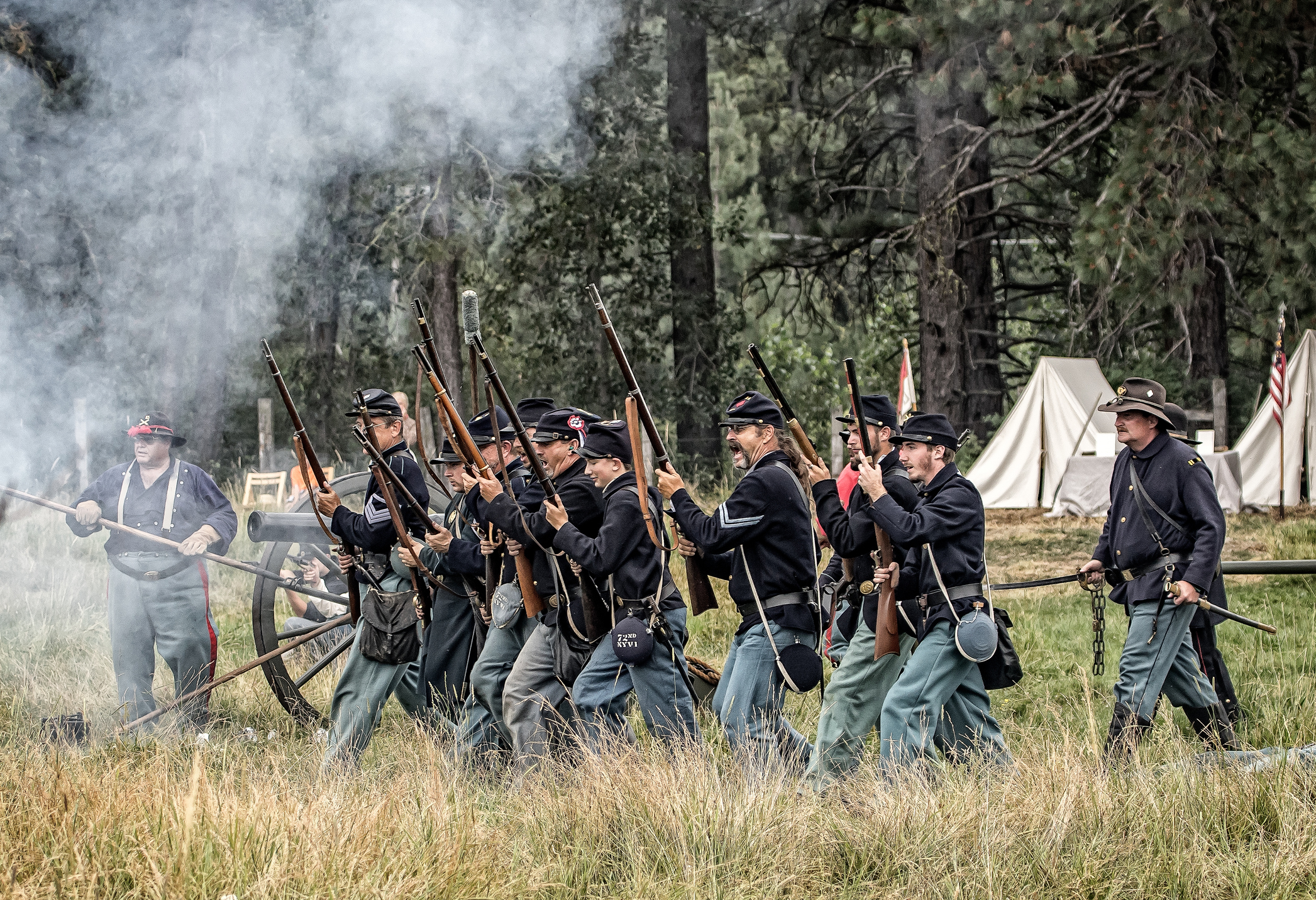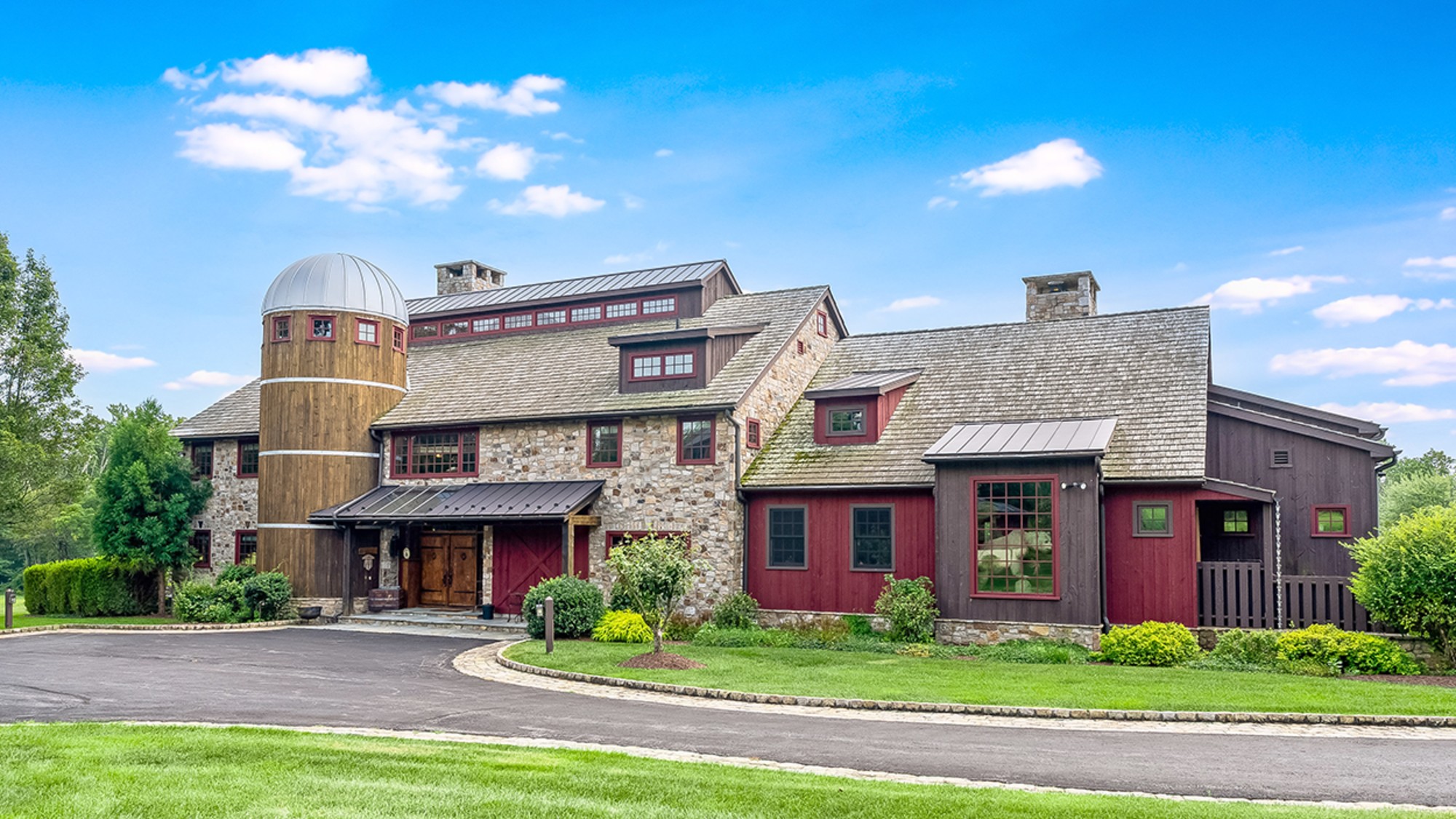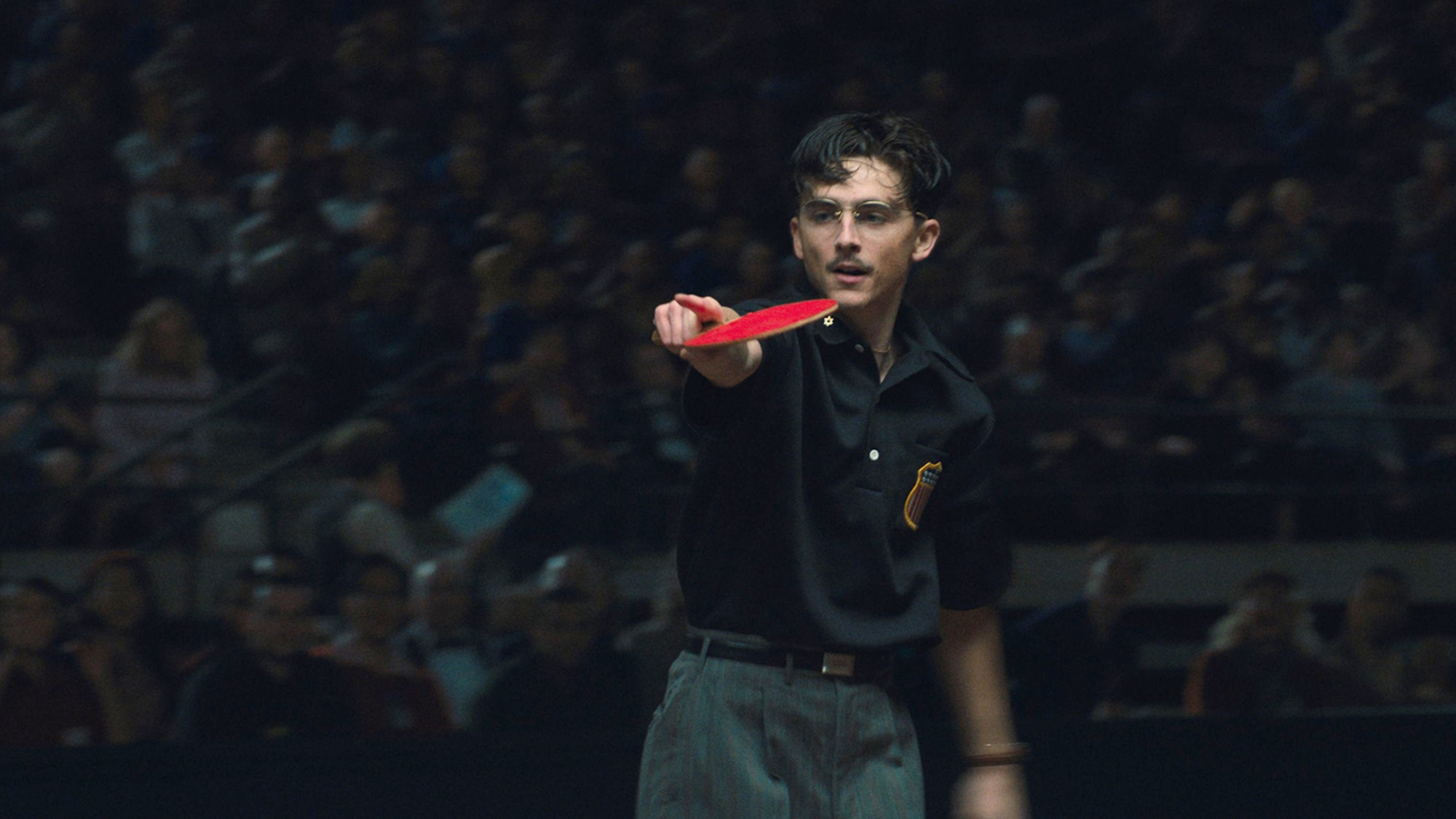The decline of the Civil War re-enactor
Legions of hobbyists donned the blue and gray in the 1980s and '90s. But younger Americans are shunning the battlefield — and rethinking the meaning of the war.

The sun rose on the second day of the Battle of Gettysburg, 2018, to reveal a line of cars parked behind the Union Army's tents.
It was an annoying historical anachronism for the brigade's commander, Ted Brennan, 49, who was brushing his teeth with a horsehair toothbrush.
"We try to be as authentic as we can without getting dysentery," Brennan said of his unit, several of whom were frying bacon and brewing coffee over a fire. They were camped in a sea of canvas tents that housed many of the 6,000 re-enactors at the event. Beyond the spectator stands and hot dog stalls, the Confederates were camped just out of sight.
The Week
Escape your echo chamber. Get the facts behind the news, plus analysis from multiple perspectives.

Sign up for The Week's Free Newsletters
From our morning news briefing to a weekly Good News Newsletter, get the best of The Week delivered directly to your inbox.
From our morning news briefing to a weekly Good News Newsletter, get the best of The Week delivered directly to your inbox.
The 155th Gettysburg anniversary re-enactment, which was held over the second weekend in July, was a chance for dedicated hobbyists to blast away at one another with antique rifles and rekindle old friendships over campfire-cooked meals. Spectators paid $40 to watch nearly a dozen mock skirmishes over the course of four days, and there was an old-timey ball Saturday night. An Abraham Lincoln impersonator was on hand to pose for photos.
It was also a snapshot of a hobby in decline. Gettysburg is among the biggest re-enactments of the year, and it still draws thousands to the sweltering Pennsylvania countryside in the middle of summer.
But that's nothing compared with the re-enactments of the 1980s and '90s, when tens of thousands would turn out. In 1998, at the 135th anniversary of Gettysburg, there were an estimated 30,000 re-enactors and 50,000 spectators.
Many of today's re-enactors were born as the last Civil War veterans were dying, and grew up amid the celebrations and re-enactments of the centennial that lasted from 1961 to 1965. But the heyday of re-enacting was the '90s, during another moment of national fascination with the Civil War.
A free daily email with the biggest news stories of the day – and the best features from TheWeek.com
In 1990, Ken Burns' Civil War documentary series pulled in nearly 139 million viewers (huge ratings for a PBS program), and James McPherson's 900-plus page academic book, The Battle Cry of Freedom, published in 1988, spent months on the best-seller lists.
Interest in the battlefield experiences of Civil War soldiers was fueled by cinematic hits like the 1989 Oscar-winning film Glory, and Gettysburg, a 1993 release that was more than four hours long. (Hundreds of re-enactors were cast as extras.)
But in the past decade or so, the crowds at large-scale re-enactments have dwindled. Longtime hobbyists are aging out and retiring — soldiers in their 50s and 60s filled much of the camp at Gettysburg — and younger people aren't marching onto mock battlefields in nearly the same numbers.
Enthusiasts cite a number of factors. Video games are to blame, some grouse, while others attribute diminishing interest to the rising expense of gear. A reproduction Civil War rifle alone can cost more than $1,000.
But many are more introspective about it. In the 1980s and '90s, "the whole tone of the country was different," said Thomas Downes, 68, a retired machinist from Cleveland, who has been re-enacting for the Union side for 38 years.
"Up until the last five or 10 years, the social causes of the war did not come into what we do," he said. "We were paying tribute to the fighting man."
"It wasn't 'I'm racist and I want to glorify slavery,'" he said. "Nobody really thought a lot about the social reasons of why the South went to war. It was just these poor guys who were underfed, undermanned, underequipped, fighting valiantly to the last man, until they couldn't stand anymore."
Brad Keefer, a 61-year-old corporal in the Union re-enactor ranks and a professor of history at Kent State University, said, "Re-enactors look at the war as a four-year period between 1861 and 1865 in which you can cut out all the stuff leading up to the war and very much ignore everything that happened afterward."
"We don't get tangled up in all the messy bits, which are the causes and outcomes, which are complicated and uncomfortable," he said.
It's a vision of history placed in narrow context. The military details are meticulously researched and recreated, down to the stitching of a uniform, but the broader social and political realities of the Civil War — the profound struggle over slavery and emancipation, racism and equality, citizenship and disenfranchisement — are largely confined to the margins.
Still, those issues can't be ignored. After a white supremacist rally in Charlottesville, Virginia, in 2017, where demonstrators wore swastikas and carried Confederate flags, and where an anti-racist protester named Heather Heyer was killed, at least two smaller Civil War re-enactments were canceled. That the battle flag Confederate re-enactors carry is still used as a means of intimidation makes it hard to defend as a purely historical object, independent of its racist implications.
"You build a comfort zone for the hobby to function," Keefer said. Pointing to the Confederate camp, he said, "And give them the benefit of the doubt that they weren't at Charlottesville."
There are many hardcore re-enactors — the kind of people who want to know what it felt like to march 25 miles in disintegrating shoes, sleep in ditches, and subsist on hardtack and rancid salt pork — who eschew Gettysburg as a mainstream event. But at least one Union unit spent several days marching along highway shoulders to get to this year's re-enactment, retracing the movements of the Army of the Potomac.
Another unit traveled from Germany, and hundreds of cavalry re-enactors showed up with their horses.
One cavalryman, Nathaniel Williams Sr., said he grew up riding in southern Virginia but didn't learn that his ancestors served in the 2nd U.S. Colored Cavalry, a Union regiment of free blacks and liberated slaves, until later in life.
"I had no idea we were in the Civil War," said Williams, as his horse grazed in a field behind his tent. "It was never taught to me. It opened up my eyes to a lot of things."
Williams first organized a re-enacting group about 20 years ago, recruiting relatives, friends, and members of his church. This year, about two dozen people in his unit made the trip. They were the only black unit there.
Black re-enactors form a small faction within the overall hobby. But groups who portray U.S. Colored Troops — the designation the Army gave to ranks of all-black regiments — tend to re-enact battles where black troops played key roles in the fighting, including the Battle of Fort Wagner in South Carolina, depicted in Glory.
Army commanders initially made black regiments perform menial labor and didn't regularly order them into combat until after Gettysburg.
"Even though we didn't fight here, we make it a family event," said Williams, sitting alongside his wife, Angela, who was wearing period dress. "We've got three days — we can spend time together and have fun."
The actual battle of Gettysburg was some of the most savage fighting in the Civil War, but no one wants to die early in a re-enactment. If you catch an imaginary bullet in the beginning of a skirmish, you miss out on most of the action. (For the cavalry, dying in mock battle is even rarer because it means falling out of the saddle.)
But casualties inevitably mount. Sometimes, there's just "no way around it," Keefer said, not long after going down under intense fire from the Confederate lines.
Re-enactors shoot gunpowder, not bullets, but serious accidents do happen from time to time. Usually it's heatstroke and heart troubles that pose the greatest threat, a problem that has grown as the average participant has aged. A Friday-evening skirmish at this year's event was interrupted when an infantryman collapsed in the sun. Modern medics carted him off the field.
The fighting was over when the buglers sounded "Taps." The soldiers placed their caps over their hearts, shook hands, and congratulated one another on a good fight. Historical flourishes and stacked rifles aside, the camp at a Civil War re-enactment resembles a Boy Scout jamboree. The slice of rustic outdoor life is one of the hobby's big draws.
"I tell people it's a chance to have a guys' weekend out camping, just doing it a little more old school than people are used to," said Christopher Wesp, 34, a relatively recent recruit and former Marine who served three tours in Afghanistan and Iraq.
"From my first event, the camaraderie that I felt and started building was very close and comparable to what it was like being in the service," he said. "That's the thing I missed most about being in the Marine Corps."
Politically, Civil War re-enactors tend to be conservative, perhaps a reflection of the demographics of a hobby that skews heavily white and middle-aged. But it's not a monolith. One Union infantryman, a 20-year-old college student, described himself as a Marxist and card-carrying member of the International Workers of the World.
Most re-enactors have strong preferences, but few stick exclusively to one side, instead switching into Confederate or Union garb if the opposing ranks are too thin.
Still, some Union re-enactors said they chose to wear blue at least in part because of their political convictions or because they wouldn't fight against the U.S. flag. The Confederates were more likely to say family history had a role in how they picked their side.
"I've been called a racist, a bigot, everything you could think of in the world when people find out I do this," said Kenny Glass, 46, from Selma, Alabama. "I tell them they need to learn their history. It wasn't fought over slavery. It was fought over Southern rights — that's just the way I see it."
Don King, a Confederate re-enactor who grew up in North Carolina and now lives near Sykesville, Maryland, disagreed. The South fought the war because of slavery, he said, but "you can't fight a battle with only one side."
"Think of what a Star Wars movie would be without the Empire," he said. "Just because you're acting on one side doesn't mean you embrace their historical beliefs."
Part of the problem is that the historical beliefs have modern-day implications. Scrutiny of Civil War re-enacting from the outside — as well as introspection and concern about its future on the inside — reached a fever pitch after the violence last year in Charlottesville. But it built along with protests in many cities that demanded the removal of Confederate statues and monuments from state grounds, spurred by the murder of nine black worshippers in South Charleston, South Carolina, by white supremacist Dylann Roof.
Recently, threats against re-enactors have disrupted several events. In October, police in the Shenandoah Valley of Virginia discovered a suspicious device — possibly a pipe bomb — amid the concession stands at the annual Cedar Creek re-enactment. A month later, a threat was made against participants in a parade that commemorates Lincoln's Gettysburg Address.
Those incidents cast a shadow over Gettysburg this year. Word trickled out that Cedar Creek had been canceled entirely, and while the reason was not stated, many thought it was obvious.
"Who would mess with Civil War re-enactors?" said Downes, the retired machinist from Cleveland. "We're just a bunch of nutcases running around playing cowboys and Indians."
Excerpted from an article in The New York Times. Reprinted with permission.
-
 6 lovely barn homes
6 lovely barn homesFeature Featuring a New Jersey homestead on 63 acres and California property with a silo watchtower
-
 Film reviews: ‘Marty Supreme’ and ‘Is This Thing On?’
Film reviews: ‘Marty Supreme’ and ‘Is This Thing On?’Feature A born grifter chases his table tennis dreams and a dad turns to stand-up to fight off heartbreak
-
 Political cartoons for December 14
Political cartoons for December 14Cartoons Sunday's political cartoons include a new White House flag, Venezuela negotiations, and more